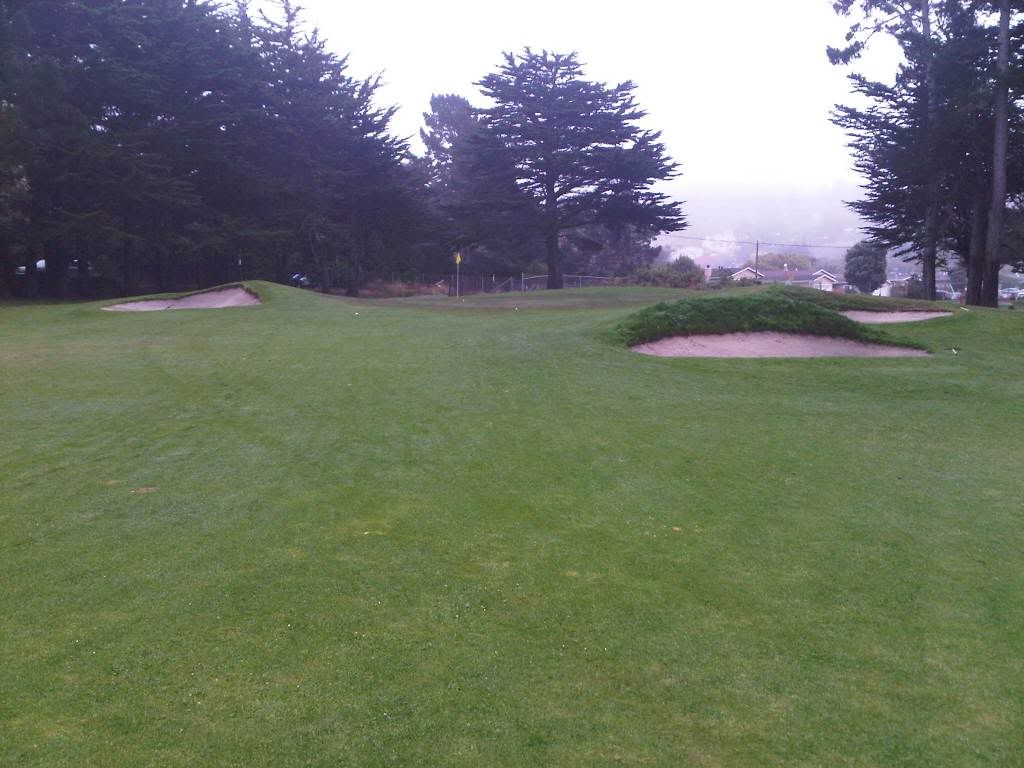Gentlemen,
It turned into a smaller outing than I originally had hoped, thanks to my bumbling of the original tee time. But three hardy GCAers played the historic Sharp Park golf course yesterday. Dr. Patrick Kiser, noted Sharp Park amateur historian and enthusiast, led the way. Myself and Ted Cahill, eager Sharp Park newbies, also attended. We were joined by a single who seemed to have a bit of an eye for GCA himself.
Given the lineage of the course, I felt a photo tour was appopriate. I can only hope to someday exhibit the skills of Kyle Henderson, but in the meantime hopefully the following will do. White tee yardages will be given, although the difference between the white and blue tees is fairly negligible on most holes.
Dr. Kiser can provide better commentary than me.
HOLE 1 (original 16th), 361 yards, par 4:
Dr. Kiser plants his peg on the first of three MacKenzie holes to start the round (though Dr. Kiser will need to provide their locations in the original routing).
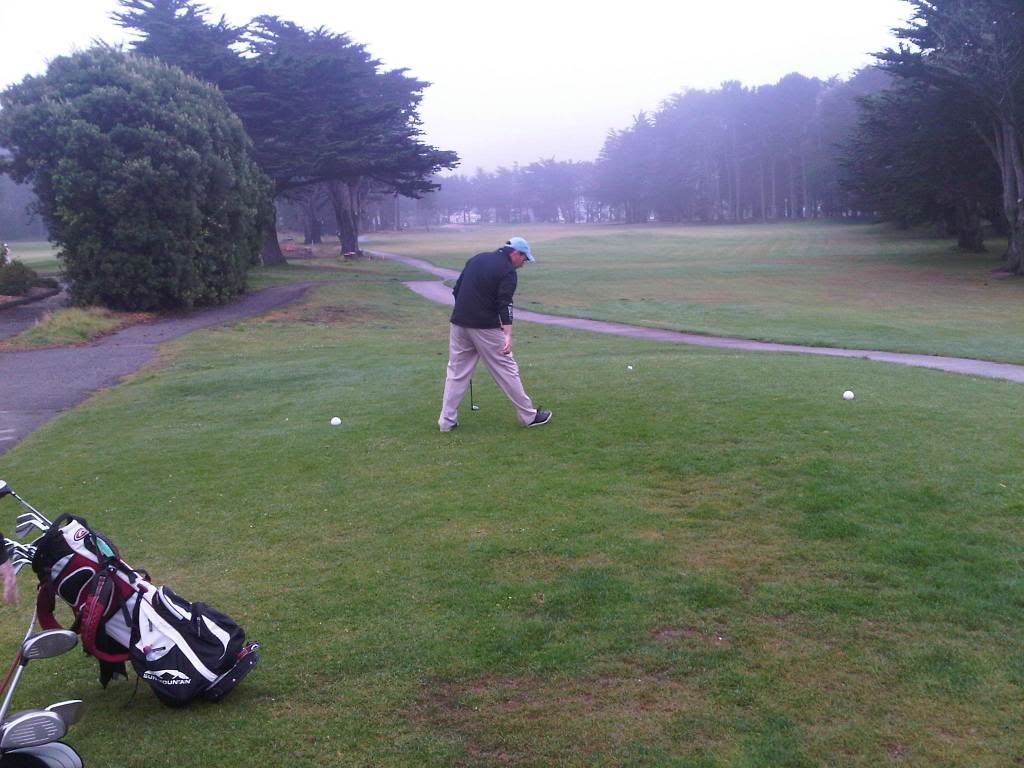
Mounding provides a minor split fairway effect in a very wide landing area.

A countoured green awaits. In a continuing theme, both green and bunker sizes have been reduced in size from their heyday.

HOLE 2 (original 15th), 322 yards, par 4:
Hole 2 runs directly back to the clubhouse. The trees should not affect play; again, the landing area is very generous.

Two mounds short of the green provide some visual deception to what should be a very short approach.
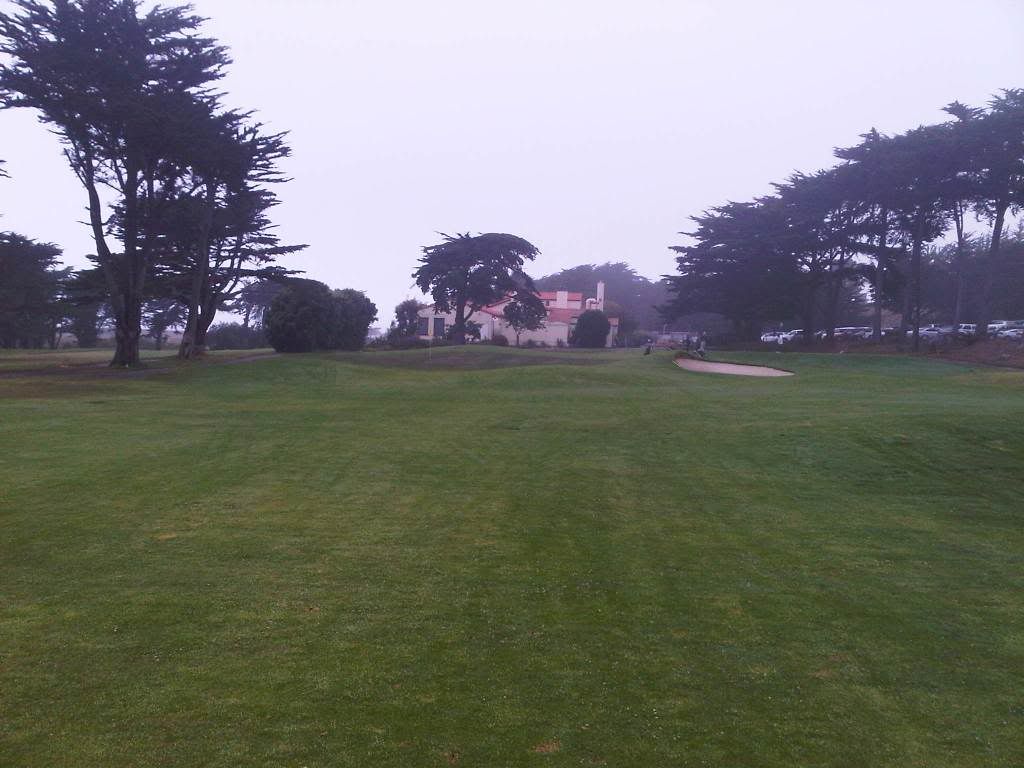
The second green is also contoured but runs very slow.
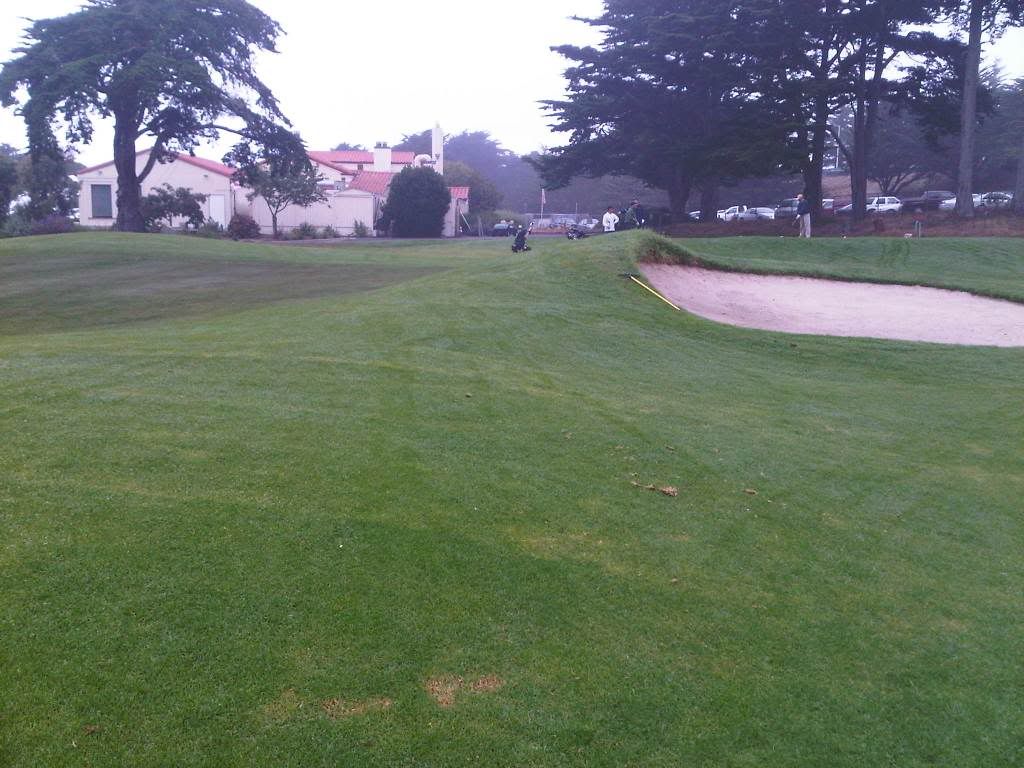
HOLE 3 (original 13th), 353 yards, par 4:
The third runs parallel to the first and second. The hole is again fairly short and fairly straight. The construction of the road on the left side has likely narrowed the playing corridor from MacKenzie's original design, but there is still plenty of room for the tee shot.
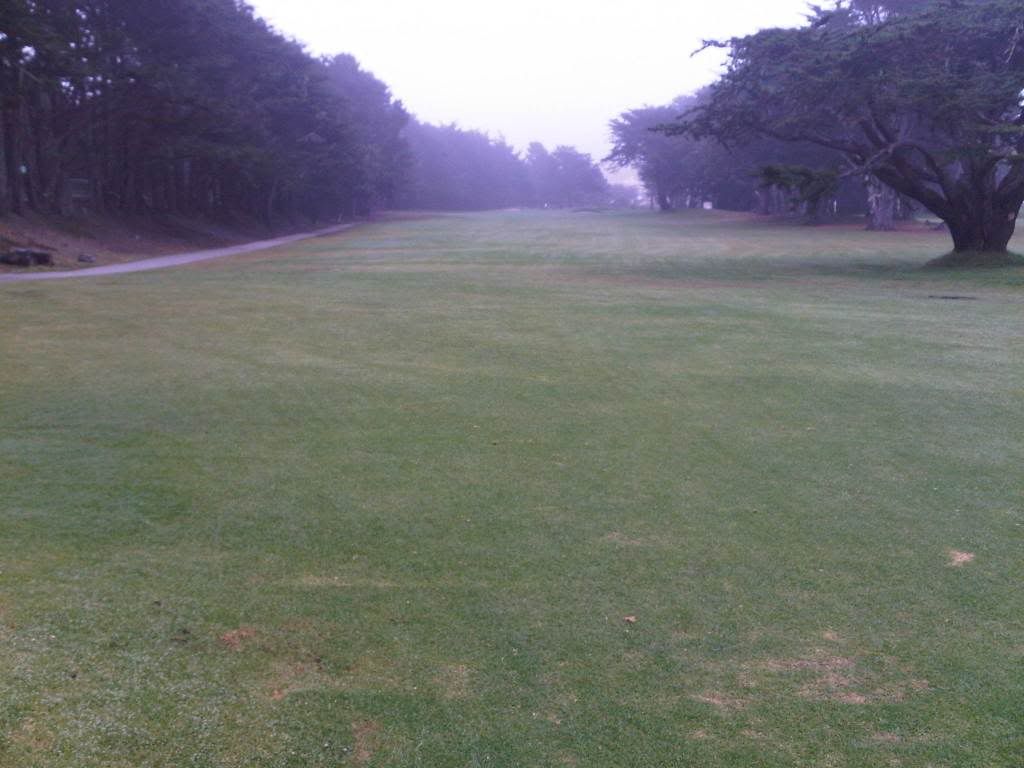
Three greenside bunkers are visible from the fairway, though the center bunker is actually well short of the green.
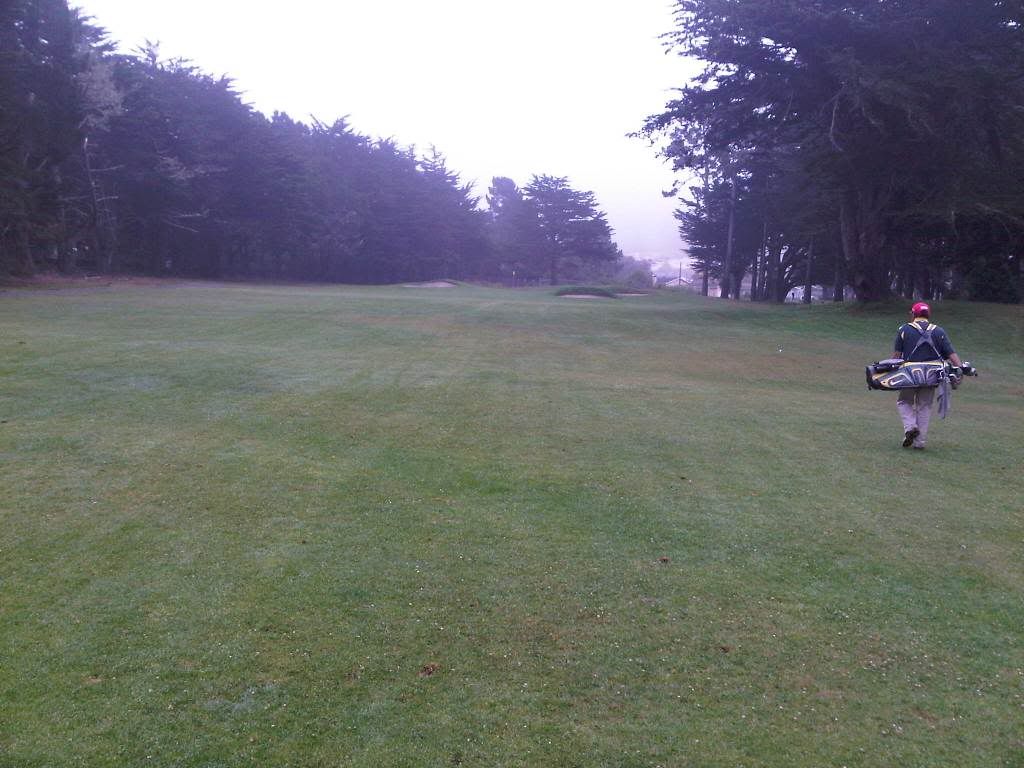
The third green is flatter than the first two, but does have bunkers left and right for protection.
